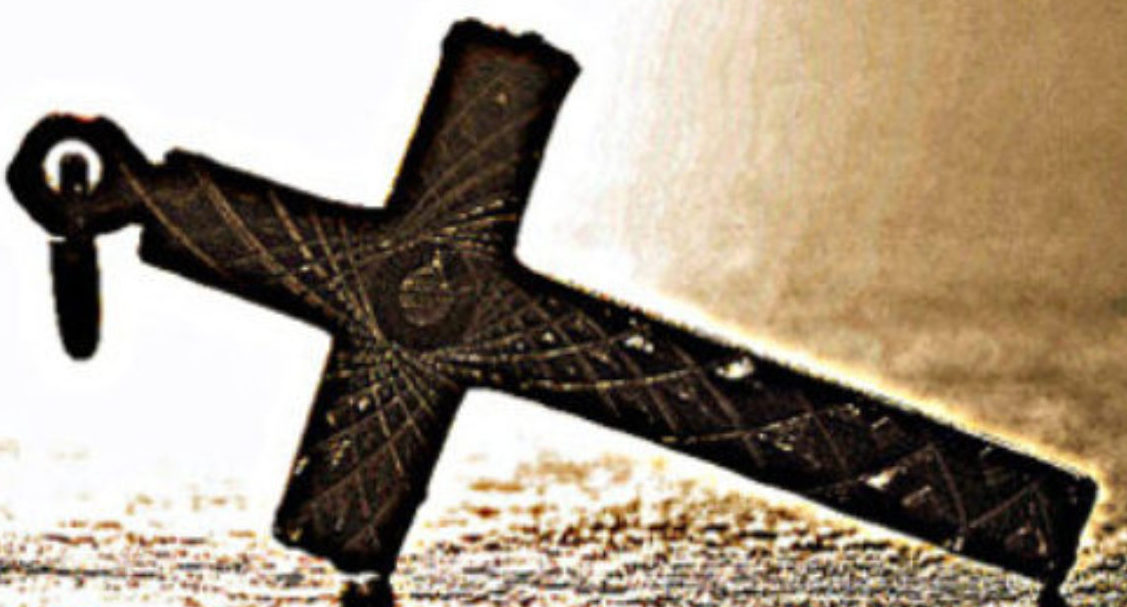
JERUSALEM–Researchers have continued their investigation into the site where the body of Jesus Christ is traditionally believed to have been buried, and their preliminary findings appear to confirm that portions of the tomb are still present today, having survived centuries of damage, destruction, and reconstruction of the surrounding Church of the Holy Sepulcher in Jerusalem’s Old City.
The most venerated site in the Christian world, the tomb today consists of a limestone shelf or burial bed that was hewn from the wall of a cave. Since at least 1555, and most likely centuries earlier, the burial bed has been covered in marble cladding, allegedly to prevent eager pilgrims from removing bits of the original rock as souvenirs.
When the marble cladding was first removed on the night of October 26, an initial inspection by the conservation team from the National Technical University of Athens showed only a layer of fill material underneath. However, as researchers continued their nonstop work over the course of 60 hours, another marble slab with a cross carved into its surface was exposed. By the night of October 28, just hours before the tomb was to be resealed, the original limestone burial bed was revealed intact.
In addition, researchers confirmed the existence of the original limestone cave walls within the 18th-century Edicule, or shrine, which encloses the tomb. A window has been cut into the southern interior wall of the shrine to expose one of the cave walls.


A restorer removes debris beneath a broken marble slab to expose the original rock surface of what is considered the burial place of Jesus.Right: Inscribed with a Christian cross, this broken marble slab may date to the Crusades.
“This is the Holy Rock that has been revered for centuries, but only now can actually be seen,” said Chief Scientific Supervisor Professor Antonia Moropoulou, who is directing the conservation and restoration of the Edicule.

